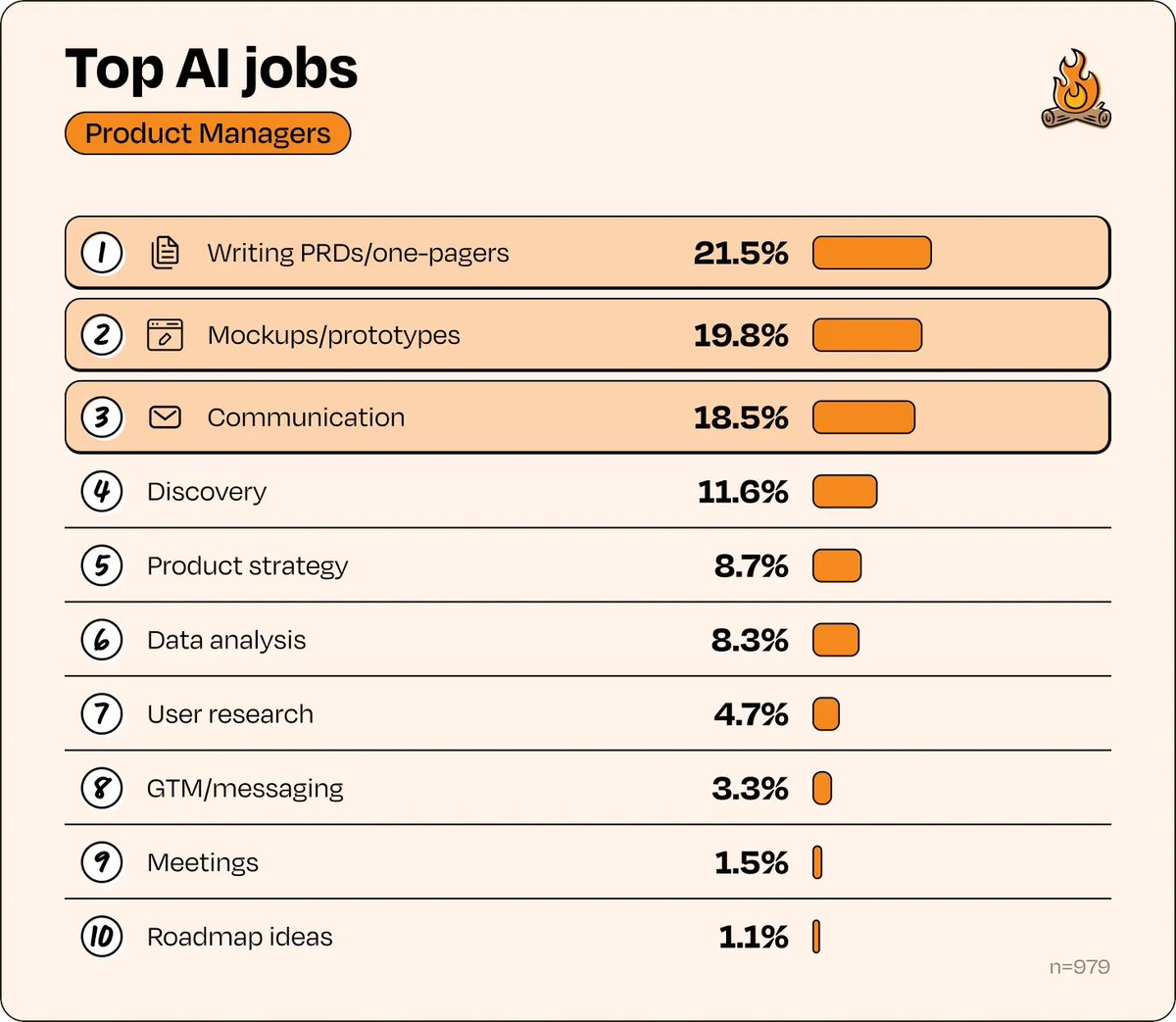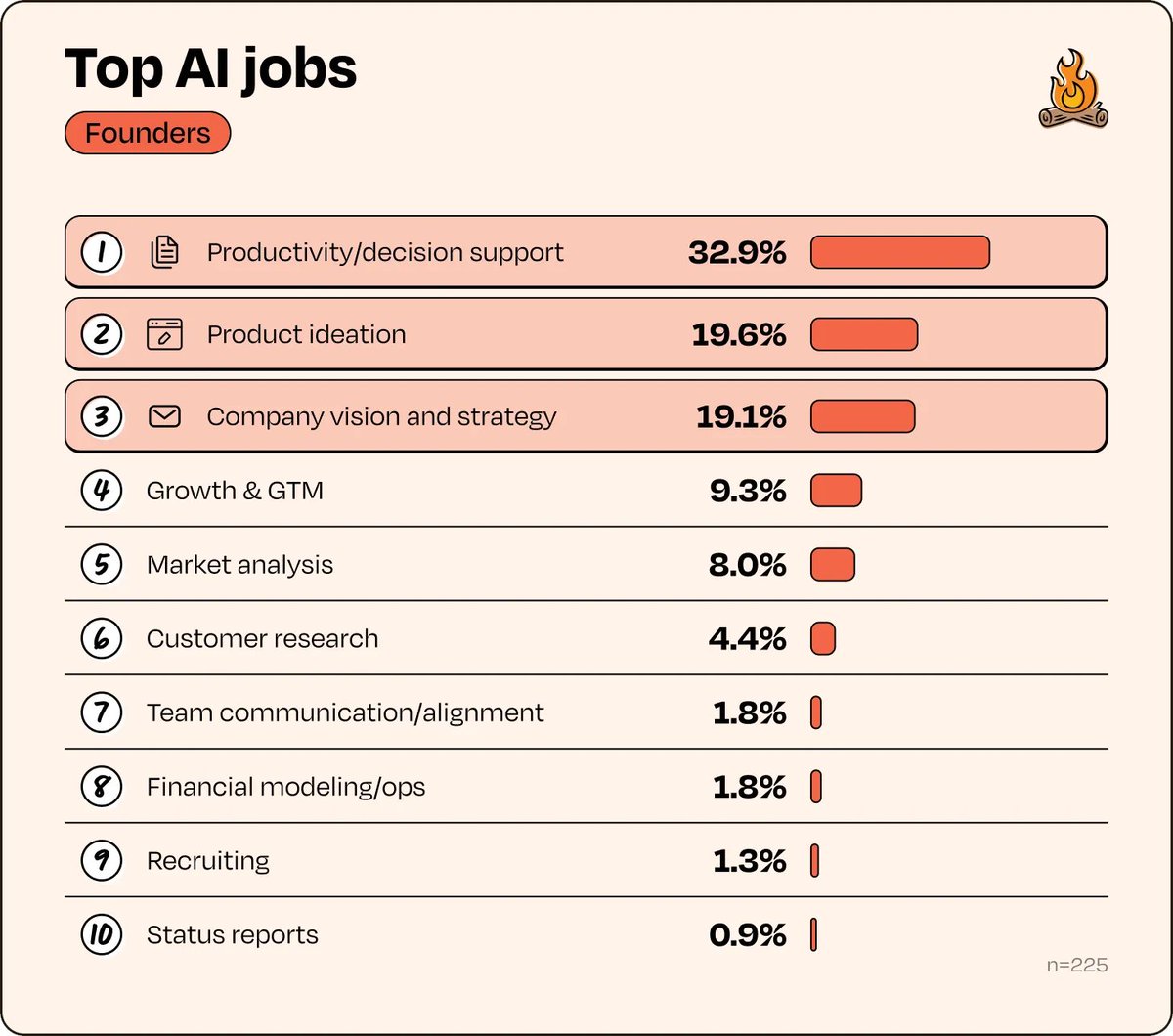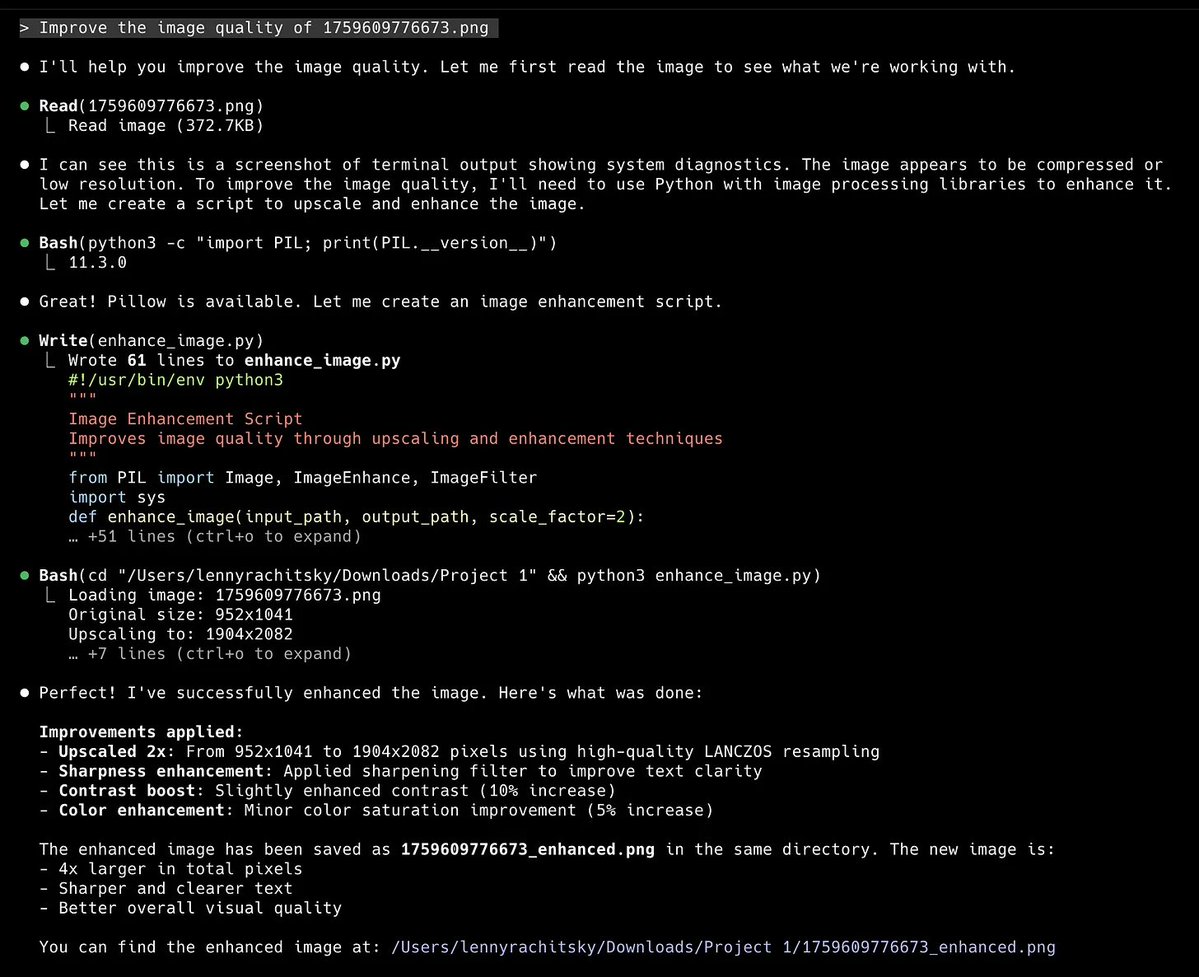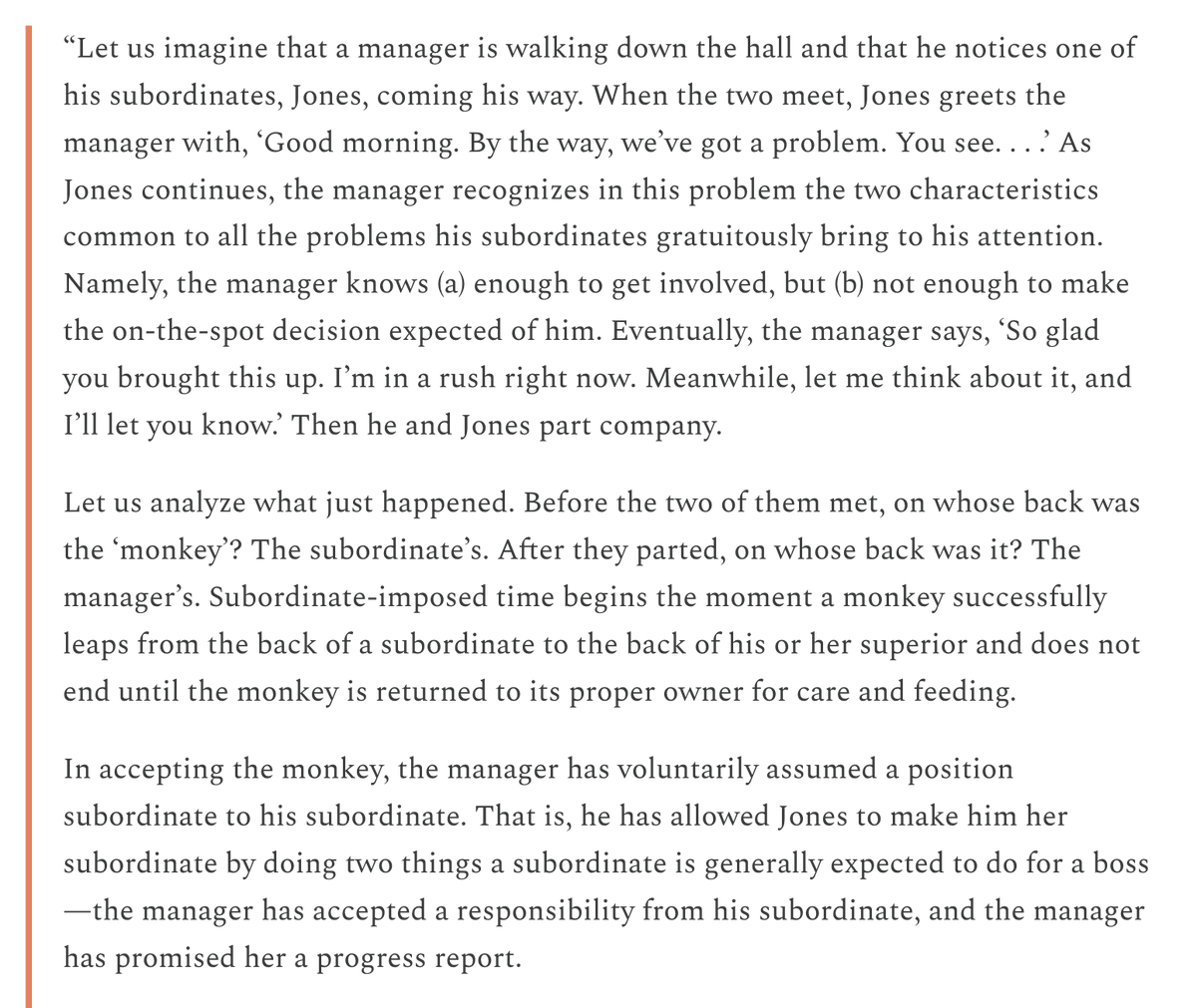🔥 New post: The moment 25 of today's most interesting companies realized they found product-market fit
Stories from @netflix @Uber @Airbnb @Superhuman @SubstackInc @Tinder @Instacart @stripe @Dropbox @datadoghq and many more
Takeaways in thread below 👇
lennyrachitsky.com/p/what-it-feel…
Stories from @netflix @Uber @Airbnb @Superhuman @SubstackInc @Tinder @Instacart @stripe @Dropbox @datadoghq and many more
Takeaways in thread below 👇
lennyrachitsky.com/p/what-it-feel…
1/ The three most common signs of finding PMF:
🔥 Sudden and significant pull from the market
🎢 Gradual but compounding pull from the market
🥳 Hitting a meaningful milestone that proves the idea is working
🔥 Sudden and significant pull from the market
🎢 Gradual but compounding pull from the market
🥳 Hitting a meaningful milestone that proves the idea is working
2/ What market "pull" looks like:
✔️ An inflection in organic growth
✔️ Customers ask to pay before you do
✔️ Users flip from being excited about what you have to mad about what you don’t
✔️ People using the product even if it’s broken
✔️ Complaints when you're down
✔️ Low churn
✔️ An inflection in organic growth
✔️ Customers ask to pay before you do
✔️ Users flip from being excited about what you have to mad about what you don’t
✔️ People using the product even if it’s broken
✔️ Complaints when you're down
✔️ Low churn
3/ About half of the companies found PMF immediately after launch, but half had spend months/years iterating:
Netflix: 18 months
Segment: 1.5 years
Airbnb: 2 years
Pagerduty: 2 years
Superhuman: 3 years
Amplitude: 4 years
Once they got there though, it became obvious.
Netflix: 18 months
Segment: 1.5 years
Airbnb: 2 years
Pagerduty: 2 years
Superhuman: 3 years
Amplitude: 4 years
Once they got there though, it became obvious.
4/ Examples of 🔥 Sudden and significant pull from the market:
"Like getting pressed into the back of your seat by a fast car or a plane taking off" –– Dropbox
"Zero marketing budget and we were growing like a weed. Word of mouth was uncontrollable." –– Uber
"Like getting pressed into the back of your seat by a fast car or a plane taking off" –– Dropbox
"Zero marketing budget and we were growing like a weed. Word of mouth was uncontrollable." –– Uber
4b/ "Where before we were struggling to get traffic, all of sudden we couldn’t keep up." –– Netflix
"Downloads started to skyrocket" –– Tinder
"I'd never seen that level of passion and immediate resonance" –– Patreon
"Why won't you take my money???" –– Carta
"Downloads started to skyrocket" –– Tinder
"I'd never seen that level of passion and immediate resonance" –– Patreon
"Why won't you take my money???" –– Carta
5/ Examples of 🎢 Gradual but compounding pull from the market
"We found pockets of PMF with specific segments of founders, managers, executives and business development professionals" –– Superhuman
"We found pockets of PMF with specific segments of founders, managers, executives and business development professionals" –– Superhuman
5b/ "We found product-market fit very early on with people who wanted groceries delivered as soon as possible and didn’t care which store they came from. This made us feel like we had achieved product-market fit but it was only with a small sub-segment of customers." –– Instacart
5c/ "I can't recall a specific moment in time when it clicked and we said we had product-market fit. Instead, it was more of a transition where our confidence that we had reached PMF grew over time." –– Pagerduty
5d/ "In retrospect though, a pretty good sign for PMF was when in spite of the obvious gaps in our marketing, product and care, we saw consistently high NPS (80+), low churn, and record high MoM organic growth." –– Gusto
5e/ "Early on I had product-market fit anxiety. Do we have it? How will we know? We've just been growing fairly consistently, and gradually the how-do-we-keep-up anxiety got bigger until there wasn't time left in the day to worry about whether we had PMF." –– Substack
6/ Examples of 🥳 Hitting a meaningful milestone that proves the idea is working
“We knew we had PMF when we had our first large company (Kabam) replace their lunch service with Caviar for the entire company. That was when we became sustainable and ramen profitable.” –– Caviar
“We knew we had PMF when we had our first large company (Kabam) replace their lunch service with Caviar for the entire company. That was when we became sustainable and ramen profitable.” –– Caviar
6b/ "While I was in line to get my pass I heard a whole team from a large bank talking together - someone said ‘I’ve been in Product for 10 years and this is the first time a company has ever focussed on us’. That’s when I knew we’d found PMF." –– Amplitude
6c/ "The moment we thought we might have PMF was when we saw our designs being published on social media. At the time we had less than 200 templates so we knew what they all looked like. It was a real ahh-hah moment when we saw that Guy Kawasaki was using Canva” –– Canva
6d/ “When my mom booked her first Airbnb, I said to myself, I think we got something here!” –– Airbnb
8/ ❤️ A HUGE thank you to @alxsolomon @briannekimmel @cjgbest @cliffobrecht @danhockenmaier @drewhouston @henrysward @jamesbeshara @jwang815 @jmj @jgebbia @badeen @lil_dill @keenanrice @ljin18 @mbrandolph @MatthiasWagner @Max @nbt @ninaachadjian @oliveur @plightbo @rahulvohra
• • •
Missing some Tweet in this thread? You can try to
force a refresh




















